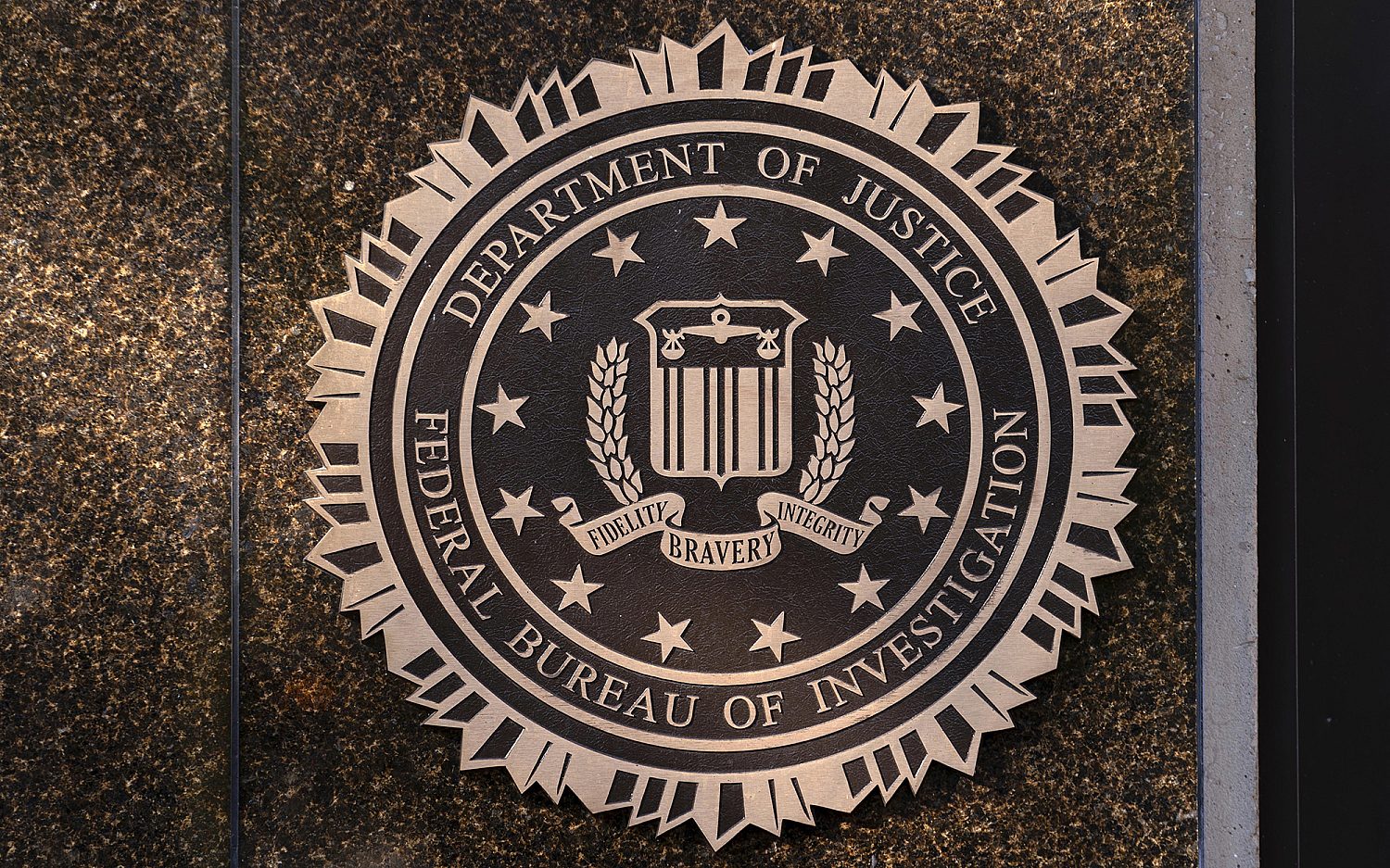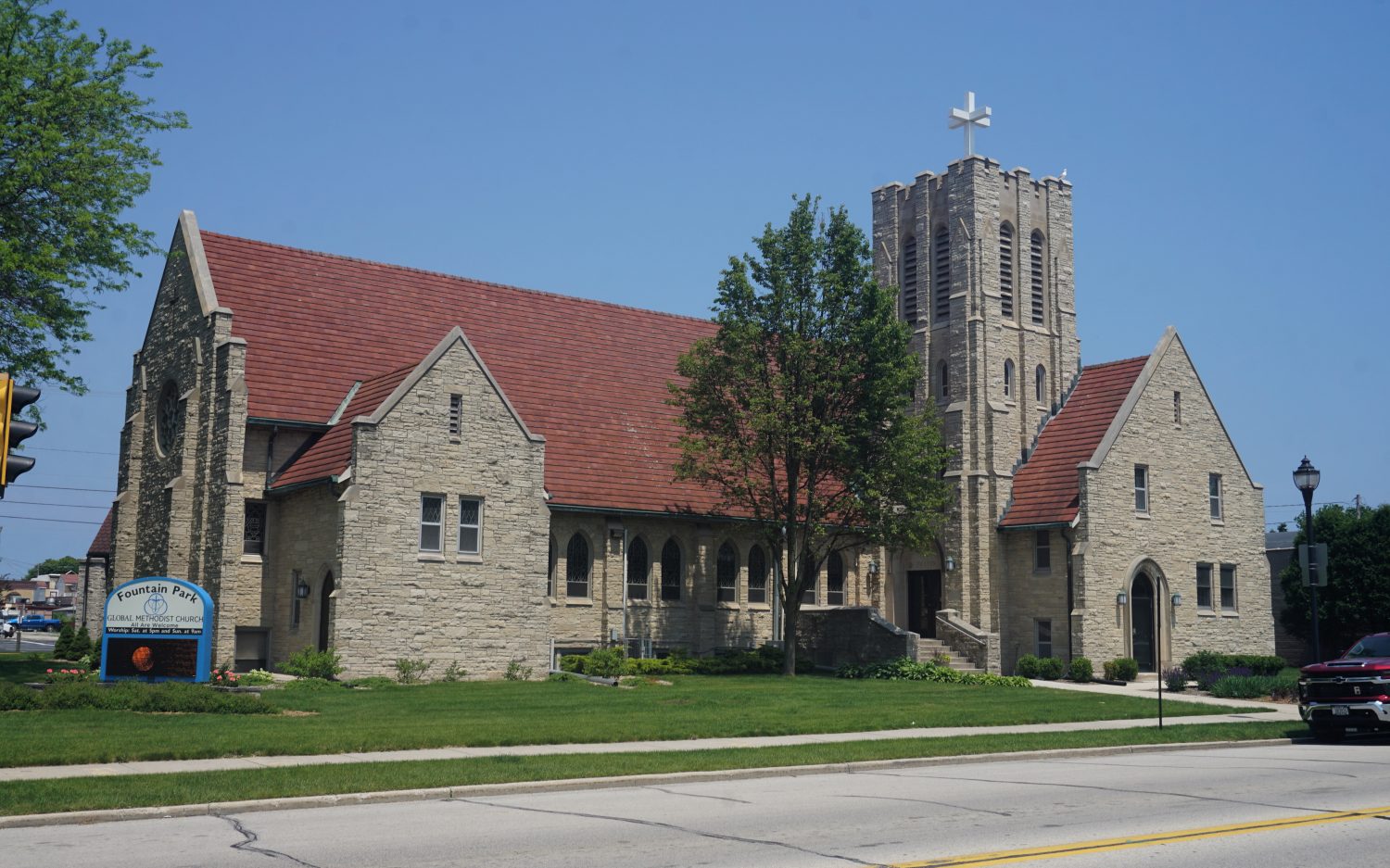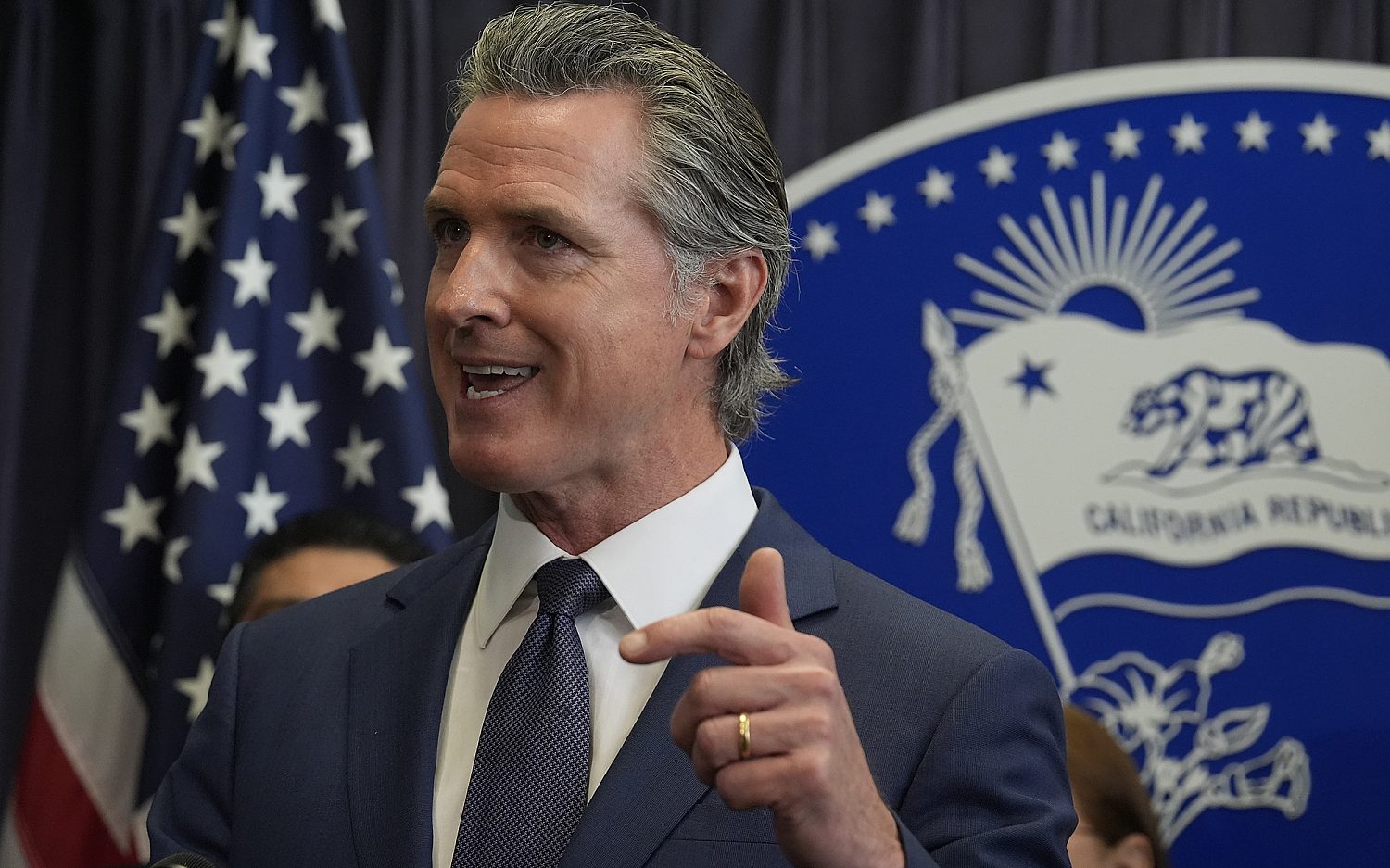Plan B is plan A in New York schools
Parents across the nation were shocked last month when a federal judge ruled girls as young as 13 could have unfettered access to emergency contraceptives without any parental supervision. Little did parents know that in some cities, contraceptives were already available to young girls through their schools.
The New York Times reported in a recent story that emergency contraceptives, like Plan B One-Step, are available for free in more than 50 New York City high schools. The Department of Health and Mental Hygiene calculated that during the 2011-12 academic year alone, about 5,500 girls received emergency contraceptives at least once. The Times reported that some schools in Baltimore, Chicago, Oakland, Calif., and throughout Colorado, have either prescribed or administered contraceptives as well.
In these schools, parents must be notified about the program and given a chance to “opt out” by signing a form brought home by students. Valerie Huber, president of the National Abstinence Education Association (NAEA), said that if the schools were really interested in children’s safety, they would use the “opt-in” program and not allow for loop holes in a “don’t ask, don’t tell” system. Her point was made by a 17-year-old from Brooklyn who told the Times she did not give her mom the opt-out form because she knew she wouldn’t sign it. Her mom had taken away her birth control before: “She’s the reason I got pregnant,” the girl said. The school nurse helped her find an abortion clinic, set up an appointment to have an intrauterine device implanted, and gave her Plan B contraceptives.
“The New York schools are not only circumventing the parents, but also potentially compromising the health of the young girl,” Huber said. She expressed concern that systems like this are not reporting abuse cases and statutory rape or protecting girls from STDs. The Centers for Disease Control and Prevention calculated that 110 million Americans live with a sexually transmitted disease, and half of them are between the ages of 15 and 24. About 19.7 million cases are treated annually in what has exploded into a $16.9 billion industry.
A 2010 study by the UK Journal of Health Economics found that Plan B is partially responsible for the spike in adolescent sexually transmitted infections, while another found that Plan B has zero impact on the overall rate of teen pregnancies.
Jessica Prol, spokeswoman for the Family Research Council, said girls as young as 13 are getting access to these contraceptives despite the fact that “doctors do not yet know the damage that high dose hormonal contraceptives will have on a young girl’s body.” She says the best protection is abstinence education.
The Obama administration attempted to eliminate funding to the NAEA and abstinence programs in 2010. Despite those attempts, the NAEA has worked to keep some of the funding and is continuing to begin abstinence programs with it. “It is really unfortunate that there seems to be a decrease in adults’ expectations of kids,” Huber said. “The schools place very little emphasis on waiting to have sex but on normalizing sex. They not only normalize it, but applaud the choice to have sex and give them a green light to do whatever they want.”
She said that almost three-quarters of young teens have never had sex. Even so, those students are being targeted to use Plan B and told that experimentation is acceptable. Researchers have found that abstinence does work and isn’t a lost cause for teens. Last year, the CDC reported that the number of girls having sex between the ages of 15 and 19 dropped 8 percent between 1988 and 2010, the rate among boys dropped 18 percent. Abstinence programs that encourage parent-to-child conversations and chastity are partly responsible.
“One in four teen girls have at least one STD, for African Americans, that number is 1 in 2,” Huber said. Normalizing sex is not the answer. Parental involvement and proper education about the risks and benefits of abstinence offers the only true protection.
An actual newsletter worth subscribing to instead of just a collection of links. —Adam
Sign up to receive The Sift email newsletter each weekday morning for the latest headlines from WORLD’s breaking news team.




Please wait while we load the latest comments...
Comments
Please register, subscribe, or log in to comment on this article.